Astronomers Scope Out ‘Earth 2.0’
Did you know that astronomers have found a bunch of potential "Earth 2.0" candidate planets scattered around the universe? More than 2,000 in fact, and one in particular, which NASA dubbed Kepler 22-b after the supercharged telescope that spotted it, spins around its own sun just 600 light-years away.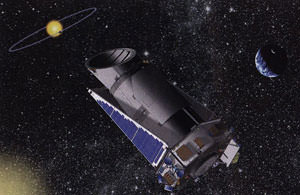
Did you know that astronomers have found a bunch of potential “Earth 2.0” candidate planets scattered around the universe? More than 2,000 in fact, and one in particular, which NASA dubbed Kepler 22-b after the supercharged telescope that spotted it, spins around its own sun just 600 light-years away. –KA
Your support matters…BBC:
Kepler 22-b lies at a distance from its sun about 15% less than the distance from the Earth to the Sun, and its year takes about 290 days. However, its sun puts out about 25% less light, keeping the planet at its balmy temperature that would support the existence of liquid water.
[…] The results were announced at the Kepler telescope’s first science conference, alongside the staggering number of new candidate planets. The total number of candidates spotted by the telescope is now 2,326 – of which 207 are approximately Earth-sized.
Independent journalism is under threat and overshadowed by heavily funded mainstream media.
You can help level the playing field. Become a member.
Your tax-deductible contribution keeps us digging beneath the headlines to give you thought-provoking, investigative reporting and analysis that unearths what's really happening- without compromise.
Give today to support our courageous, independent journalists.
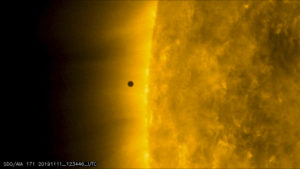
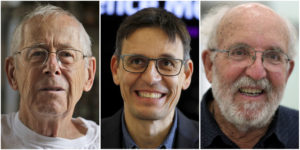


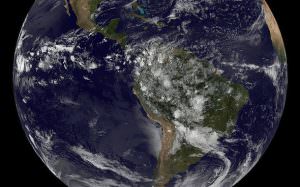
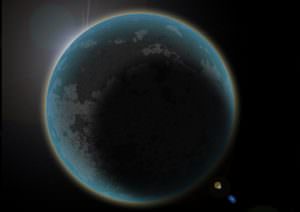
You need to be a supporter to comment.
There are currently no responses to this article.
Be the first to respond.